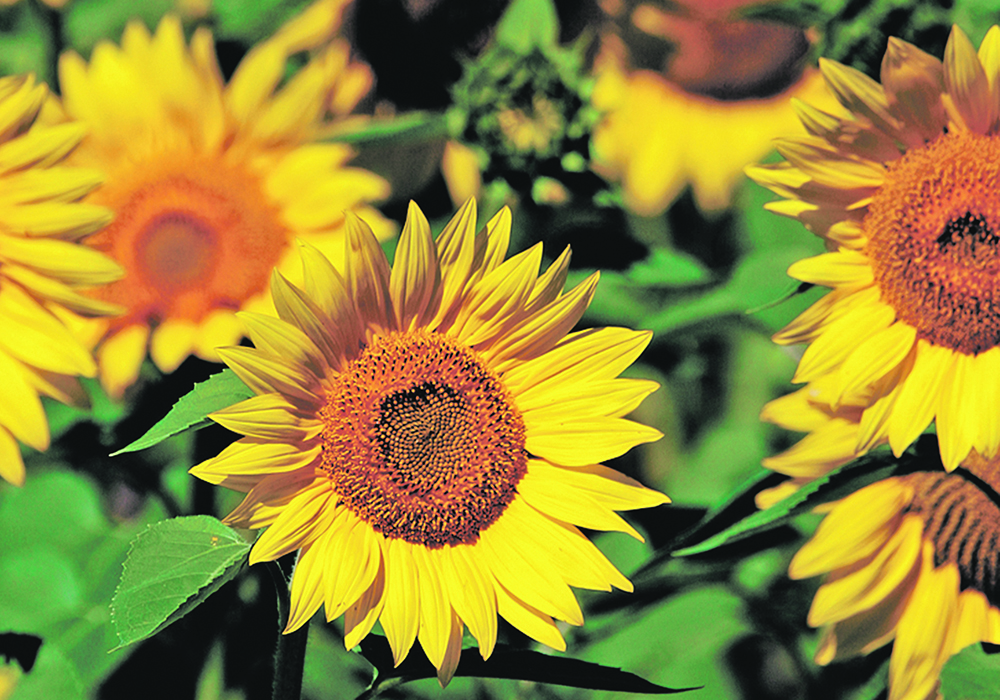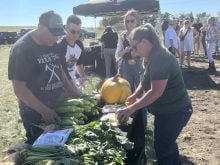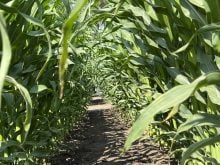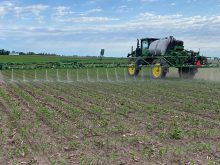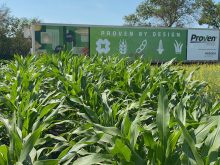Even with last month’s winter weather, corn and sunflower producers in Manitoba had a strong finish to their 2023 growing season.
Anastasia Kubinec harvested her corn and sunflowers with great yields this fall, and she was lucky enough to have her sunflowers off before the snow came.
She said the warmer weather created some muddy conditions for the corn harvest and they could not get their trucks in the field and relied on their grain carts more often than normal. Moving grain was more strategic.
Read Also
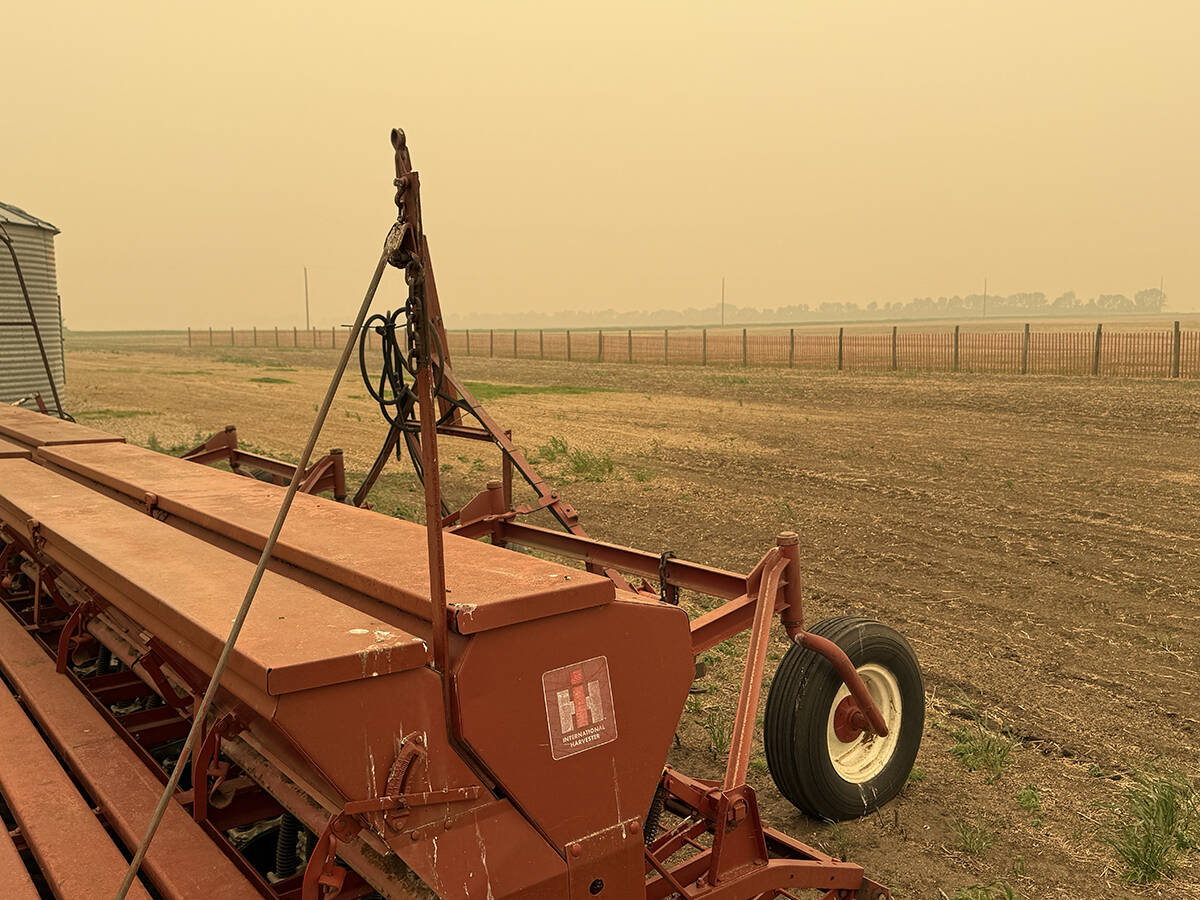
Wildfires have unexpected upside this year
One farmer feels smoke from nearby wildfires shrouded the July skies and protected his crop from the sun’s burning rays, resulting in more seeds per pod and more pods per plant.
“If the days got much more above two or three C, the grain cart was even slipping in the field and we were having issues. We never got stuck, but some of the roads that we’re on, dirt roads to get back to the yard, they were completely ripped up.”
Harvesting shortly after the first snowfall, the moisture content in her corn was about 21 percent before freezing rain and high humidity caused that to rise. Closer to the end of the month while they were finishing harvest, Kubinec said moisture was coming down to around 20 percent so their patience paid off.
“There was two weeks there that if you combined you got it off the field but it was just more moisture you had to deal with. Waiting a little bit later, then it did come down, so that was good. We did dry some but we also use natural air and basically we freeze some, too.”
Corn yields were higher than the five-year average but could not match the phenomenal year they had in 2022, said Kubinec. She was still happy with their 150 to 160 bushel per acre highs while sitting at a 120 to 130 bu. per acre average before drying. Sunflower yields for Kubinec came in at about 3,500 pounds per acre, which was very good for an area that usually averages around 2,000 to 2,200 lb. per acre.
This positive outcome was a surprise for Morgan Cott, agronomy extension specialist for special crops with the Manitoba Crop Alliance. While bad weather creating some challenges, those blips didn’t keep the harvest from continuing as needed, she said.
“I don’t think that there should be too much left standing, which is a big plus, because we usually have some. The ground is frozen so it’s travelable so you know, from an environmental standpoint, it’s been a really great fall for harvest.”
Cott last visited a field in the middle of November and with dry and warm weather, the corn was dry enough to get off, but still required some drying time to take a few more points of moisture off.
Disease and mould haven’t been too big of a problem in corn or sunflowers, said Cott, with some farmers having minor issues, but not enough to affect the provincial average.
With drought affecting the Prairies, Kubinec said dry conditions kept disease potential down, which helped with yields and quality.
“To combine the corn was fantastic. There was limited breakage, especially when we combined it later. Just with that freeze, thaw, freeze, thaw, the stalk actually dried down even a little bit more, so it actually threshed better.”
Disease can quickly take yields off sunflowers, said Kubinec, so a lack of head rot and good emergence had a positive impact on yields.

